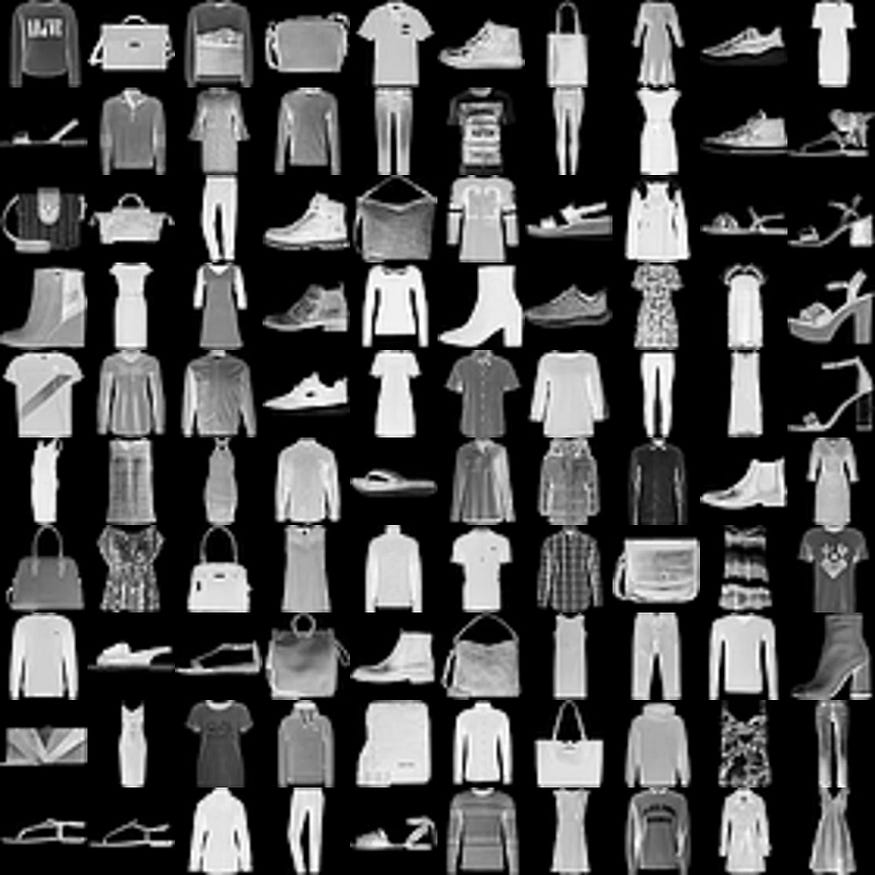-
Notifications
You must be signed in to change notification settings - Fork 0
/
Copy pathnns.py
218 lines (164 loc) · 6.09 KB
/
nns.py
1
2
3
4
5
6
7
8
9
10
11
12
13
14
15
16
17
18
19
20
21
22
23
24
25
26
27
28
29
30
31
32
33
34
35
36
37
38
39
40
41
42
43
44
45
46
47
48
49
50
51
52
53
54
55
56
57
58
59
60
61
62
63
64
65
66
67
68
69
70
71
72
73
74
75
76
77
78
79
80
81
82
83
84
85
86
87
88
89
90
91
92
93
94
95
96
97
98
99
100
101
102
103
104
105
106
107
108
109
110
111
112
113
114
115
116
117
118
119
120
121
122
123
124
125
126
127
128
129
130
131
132
133
134
135
136
137
138
139
140
141
142
143
144
145
146
147
148
149
150
151
152
153
154
155
156
157
158
159
160
161
162
163
164
165
166
167
168
169
170
171
172
173
174
175
176
177
178
179
180
181
182
183
184
185
186
187
188
189
190
191
192
193
194
195
196
197
198
199
200
201
202
203
204
205
206
207
208
209
210
211
212
213
214
215
216
# -*- coding: utf-8 -*-
"""NNs.ipynb
Automatically generated by Colaboratory.
Original file is located at
https://colab.research.google.com/drive/1Nz47ZGxvwo4_jXV3j3gepnZjzzW-kJmH
## imports
"""
import torch
import torch.nn as nn
import random
import torchvision
import torchvision.transforms as transforms
import torch.nn.functional as F
from sklearn.metrics import accuracy_score
import numpy as np
import pandas as pd
import matplotlib.pyplot as plt
"""## Aux."""
def plot_accuracy(train_accuracies, train_losses, to_show = True, path_to_save = ''):
train_len = len(np.array(train_accuracies))
xs_train = list(range(0,train_len))
plt.plot(xs_train, np.array(train_accuracies), label='Train Accuracy')
plt.legend()
plt.xlabel("epochs")
plt.ylabel("accuracy")
plt.show()
plt.plot(xs_train, np.array(train_losses), label='Train Losses')
plt.legend()
plt.xlabel("epochs")
plt.ylabel("accuracy")
plt.show()
"""# Creating a simple network"""
# Defining sizes
input_size = 10
hidden_size = 5
output_size = 2
batch_size = 10
# Constructing the network
model = nn.Sequential(nn.Linear(input_size, hidden_size),
nn.Sigmoid(),
nn.Linear(hidden_size, output_size),
nn.Sigmoid())
# Let's work with some fake data
X = torch.randn(batch_size, input_size)
print(X)
y = torch.zeros(batch_size, output_size)
for i in range(0, y.size()[0]):
y[i][random.randint(0, output_size-1)] = 1.0
print(y)
# define loss function
criterion = torch.nn.MSELoss()
# define the optimizer
optimizer = torch.optim.SGD(model.parameters(), lr=0.01)
# and now let's train the model with the data that we created
# We use 1000 epochs
for epoch in range(1000):
# Forward
y_pred = model(X)
# Compute and print loss
loss = criterion(y_pred, y)
print('epoch: ', epoch,' loss: ', loss.item())
# Zero the gradients
optimizer.zero_grad()
# perform a backward pass (backpropagation)
loss.backward()
# Update the parameters
optimizer.step()
"""# Creating a custom network"""
# Commented out IPython magic to ensure Python compatibility.
#load data from drive
from google.colab import drive
drive.mount('/content/drive')
# %cd /content/drive/My\ Drive/my_courses/deep_learning/fashion_mnist/
class Net(nn.Module):
def __init__(self):
super(Net, self).__init__()
# fully connected layers
self.fc1 = nn.Linear(784, 120) # 784 input dim (after flatten), 120 output channels
self.fc2 = nn.Linear(120, 84) # 120 input dim, 84 output channels
self.fc3 = nn.Linear(84, 10) # 84 input dim, 10 output channels
self.relu = nn.ReLU()
def forward(self, x):
x = torch.flatten(x, start_dim=1,end_dim=-1)
x = self.fc1(x)
x = self.relu(x)
x = self.fc2(x)
x = self.relu(x)
x = self.fc3(x)
return x
"""## Dataset and Dataloader
Dataset is an abstract class representing our dataset.
All datasets that represent a map from keys to data samples should subclass it. All subclasses should overwrite \__\__getitem\____(), supporting fetching a data sample for a given key. Subclasses could also optionally overwrite \__\__len\____(), which is expected to return the size of the dataset by many Sampler implementations and the default options of DataLoader.
we will use fashion mnist -https://github.com/zalandoresearch/fashion-mnist

For most of the famous datasets we've got specific API in pytorch
"""
trainset = torchvision.datasets.FashionMNIST('F_MNIST_data/', download=True, train=True, transform=transforms.ToTensor())
trainloader = torch.utils.data.DataLoader(trainset, batch_size=16, shuffle=True)
testset = torchvision.datasets.FashionMNIST('F_MNIST_data/', download=True, train=False, transform=transforms.ToTensor())
testloader = torch.utils.data.DataLoader(testset, batch_size=16, shuffle=False)
# create a model
net = Net()
print(net)
# define loss function
criterion = nn.CrossEntropyLoss()
# define the optimizer
optimizer = torch.optim.SGD(net.parameters(), lr=0.001, momentum=0.9)
# training loop
losses = []
accs = []
print_every = 1000
for epoch in range(10):
runing_acc = 0.0
running_loss = 0.0
for i, data in enumerate(trainloader):
# get the inputs
inputs, labels = data
# zero the parameter gradients
optimizer.zero_grad()
# forward + backward + optimize
outputs = net(inputs)
loss = criterion(outputs, labels)
loss.backward() #calculate all gradients
optimizer.step()
_, predicted = torch.max(outputs.data, 1)
# print statistics
running_loss += loss.item()
runing_acc += accuracy_score(labels, predicted)*100
if (i+1) % print_every == 0:
_loss = np.round(running_loss /print_every,3)
_acc = np.round(runing_acc/print_every,3)
losses.append(_loss)
accs.append(_acc)
print(f'Epoch: {epoch + 1}, Step: {i+1}, Loss: {str(_loss)}, Accuracy: {str(_acc)}')
runing_acc = 0.0
running_loss = 0.0
print('Finished Training')
plot_accuracy(accs, losses)
y_true = []
y_pred = []
with torch.no_grad():
for data in testloader:
images, labels = data
outputs = net(images)
y_true.extend(labels)
_, predicted = torch.max(outputs.data, 1)
y_pred.extend(predicted)
print(f'Accuracy of the network on the test images:{accuracy_score(y_true, y_pred)*100}%')
ind_to_label = {0: 'T-shirt/top',
1: 'Trouser',
2: 'Pullover',
3: 'Dress',
4: 'Coat',
5: 'Sandal',
6: 'Shirt',
7: 'Sneaker',
8: 'Bag',
9: 'Ankle boot'}
for image, label, pred in zip(images, labels, predicted):
print('====================================')
print(f'True label: {ind_to_label[label.tolist()]}')
print(f'Model prediction: {ind_to_label[pred.tolist()]}')
plt.imshow(image.squeeze(), cmap='gray')
plt.show()